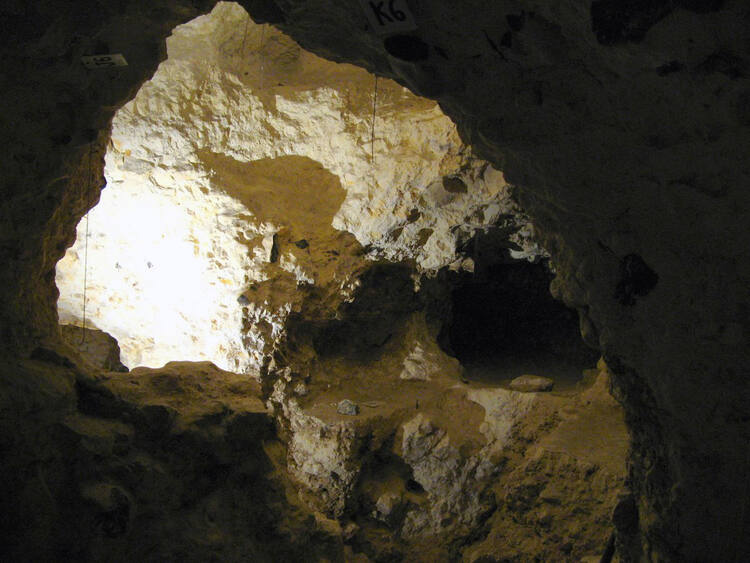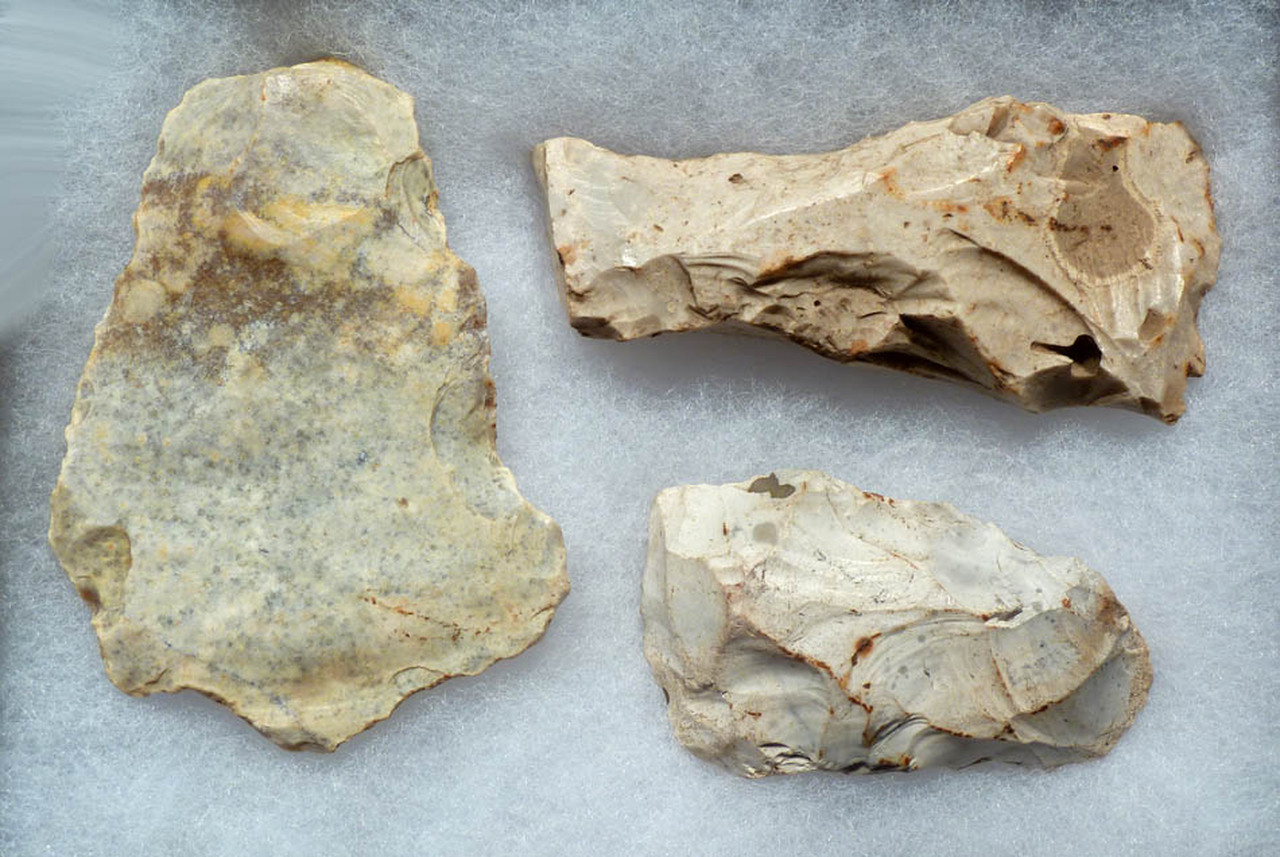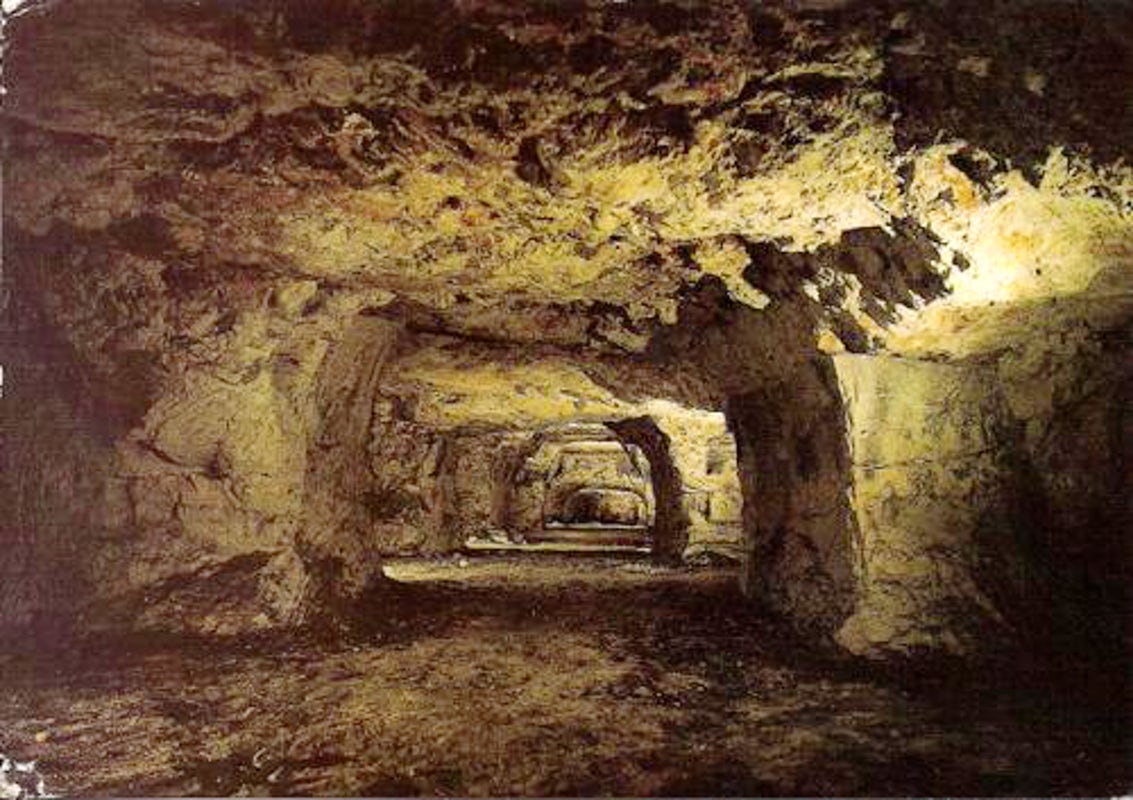For history and ancient culture lovers, there is a wide variety of attractions and sites in Belgium to see. For foodie people, beer, chocolates and waffles are there to amaze them. What about archaeology lovers, don’t worry there are numerous heritage sites in Belgium and one such offbeat destination for archaeology lovers in Belgium is the Neolithic flint mines of Spiennes that is inscribed in UNESCO Heritage site in 2000.
But have you ever thought that how mines can be added to heritage site? What is so special about the Neolithic flint mines of Spiennes that you should include them in the Belgium trip? Check it out below.
Neolithic Flint Mines of Spiennes – Overview
The Neolithic flint mines of Spiennes, located near the Walloon village of Spiennes, southeast of Mons, Belgium. The mines look like a vast area of meadows and fields covered with millions of pieces of operated flint. They are the largest and earliest Neolithic flint mines that survive in north-western Europe. Underground, the site is a huge network of galleries connected to the surface by vertical shafts dug by Neolithic populations.

These flint mines of Spiennes were active between 4,300 and 2,200 BC, during the mid to late Neolithic period. The site and its environs were admitted into UNESCO’s list of World Heritage Sites in 2000 and were defined as unusual for the diversity of technological techniques used for extraction.
History Associated with Neolithic Flint Mines of Spiennes
The initial excavations were carried out by mining engineer Alphonse Briart and two colleagues during railway construction in 1867, and the results were presented to the International Prehistoric Congress in Brussels in 1872. Excavations have been carried out on a regular basis until now.
The Spiennes Mines are located 4 miles southeast of Mons. Millions of bits of worked flint can be found around the site, as well as numerous mining trenches that Neolithic settlers ultimately transformed into vertical mine shafts reaching elevations of over 10 metres. A complex man-made network of caves lies beneath, accessible via the numerous excavations.
What is Flint and Where They are Used?
Flint is found in chalkland, where it can be found in layers within chalk beds. It’s a material that’s easy to form and has sharp edges. Humans have been using flint tools for personal purposes since the ancient period. An underground mining for flint nodules is impressively displayed and documented. Research has illustrated Neolithic techniques for the cutting of the flint and the extraction of large slabs of flint, that weighed up to hundreds of kilos. The nodules were extracted using flint picks. The stones were then shapped into rough-out shapes of axes and finally polished to achieve the final state.

The rough-outs were exchanged over a wide area and they were often polished at their destination. Polishing strengthens the final product. The smooth surface also aids the cutting action by lowering friction with the wood. The axes were used initially for forest clearance during the Neolithic period and for shaping wood for structural applications, such as timber for huts and canoes.
Also Read: Plantin Moretus Museum – An Ancient Printing Heritage of Belgium
What These Mines of Spiennes Signifies
The Neolithic Flint Mines at Spiennes are a remarkable example of early innovation and application. The arrival of Neolithic cultures constituted a crucial turning point in human cultural and technological progress, as the immense complex of ancient flint mines at Spiennes clearly demonstrates. The Spiennes flint mines are remarkable instances of Neolithic flint mining, which constituted a watershed moment in human technological and cultural development.
There are probably thousands of trenches in this area. They are not connected by a horizontal network.

The older pit was utilised to deposit the rocks while a new pit was cut out. There was no residential area near the mines, and the flintknappers came from miles away.
Spiennes’ Neolithic Flint Mines are 100% real. With the exception of a few modern installations for comfort and security, many of them have not yet been excavated and those that are exposed to the public have remained in their original state.
Management Essential For Mines of Spiennes
The mines of Spiennes were listed by Ministerial order in 1991, which protects the site as the mining structures as a heritage site. Furthermore, the site is added on the List of Outstanding Heritage of Wallonia, the highest level of protection provided by Walloon legislation. The protection of the mining site is also covered by a number of other legislative and regulatory requirements.
In terms of archaeology, the Heritage Department’s experienced staff conducts limited excavations. The goal is to become acquainted with the site as well as to maintain it as an archaeological preserve.
The journey into the mines has been rare for a long time, and guided tours have been the task of a local board. It was planned to build an interpretation centre to provide a better understanding of the site. The site was chosen to minimise dangers to the site as much as possible while allowing visitors to share the archaeological experience and mining conditions of the Neolithic period.
It is an offbeat destination of heritage, if you have studied archaeology and want to explore something new then you can pay a visit.
Also Read:Take an Adventurous Tour of Major Mining Sites of Wallonia

